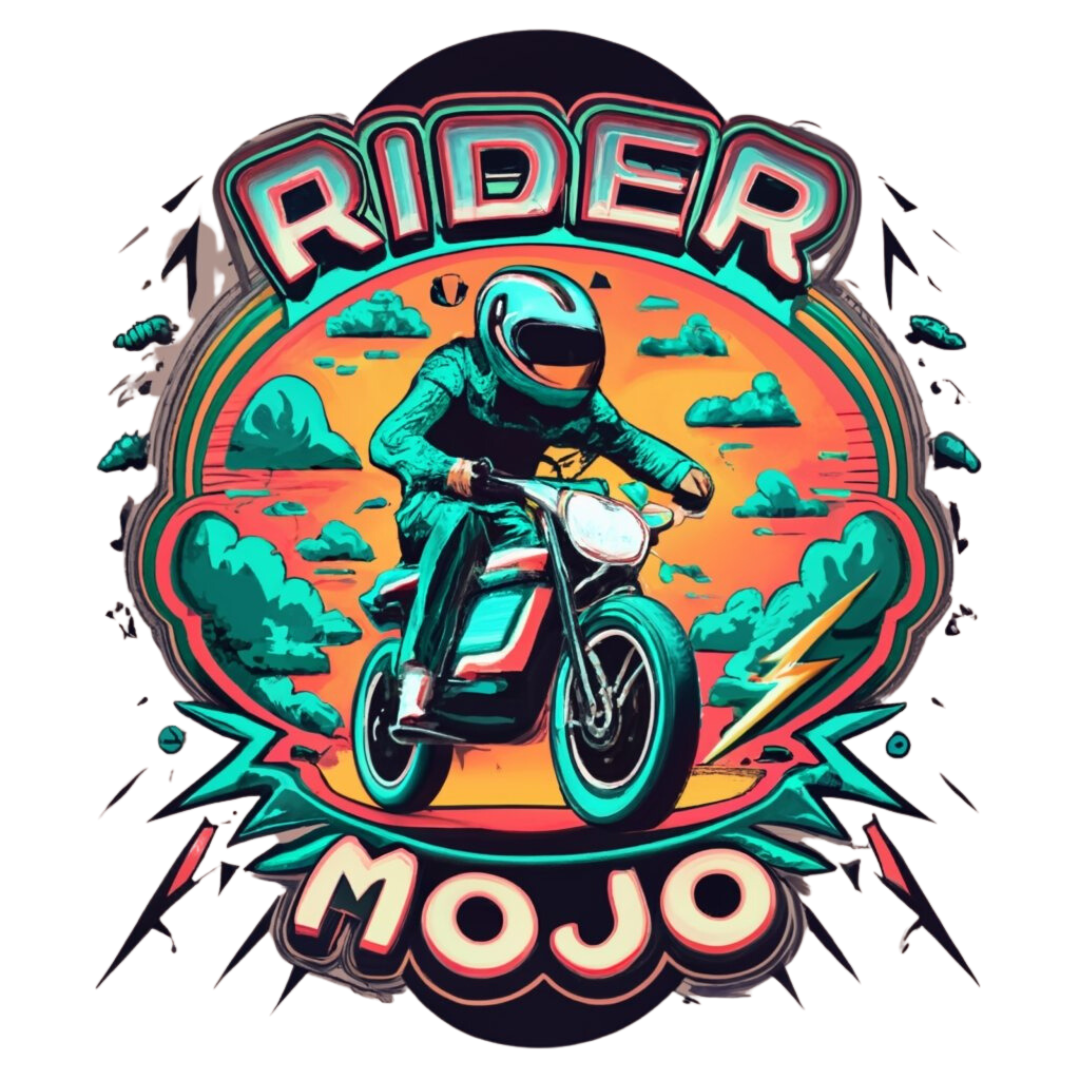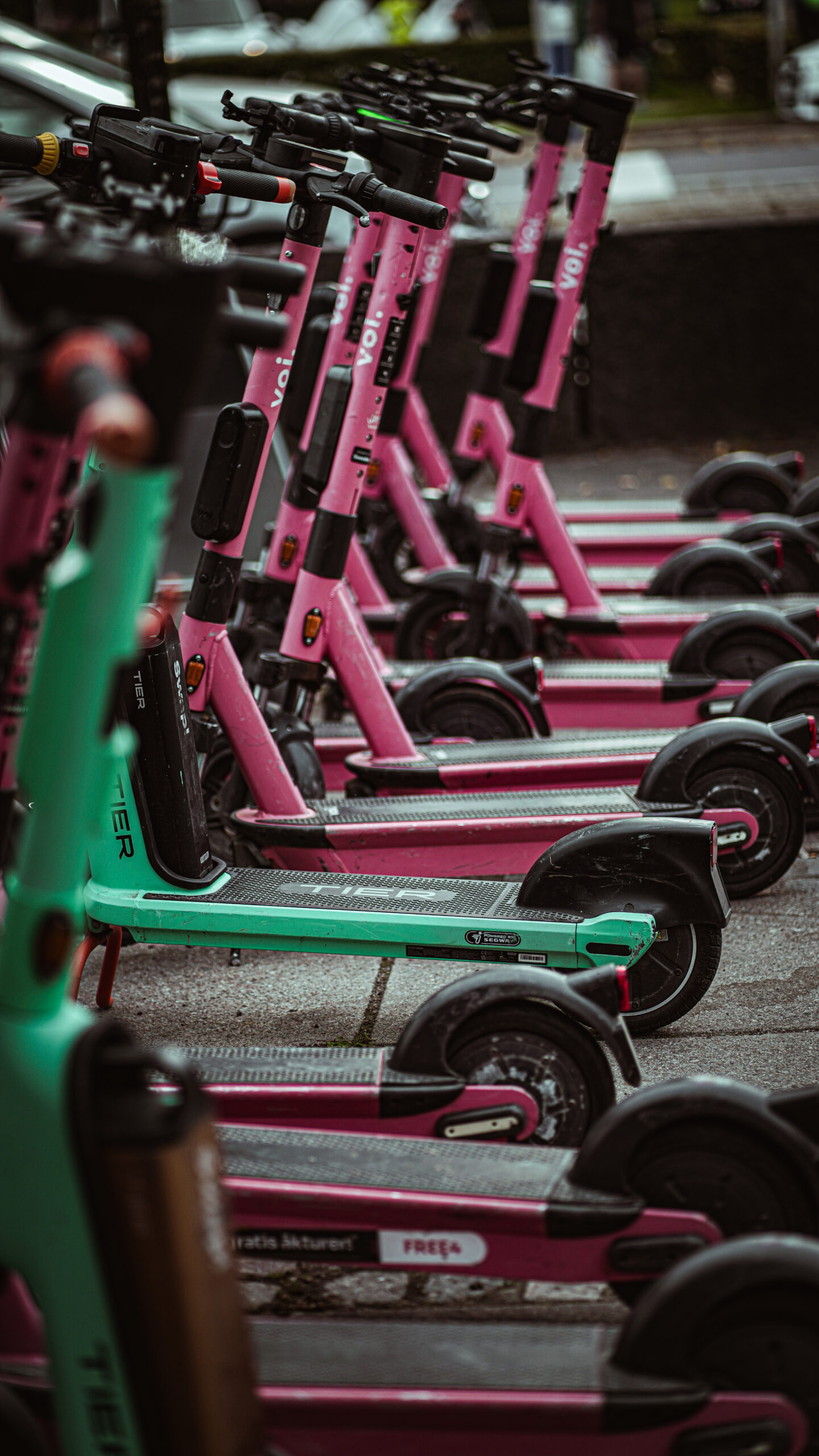So, you’ve found yourself curious about electric scooter motor operation, huh? Well, let’s break it down for you. In this article, we’re going to give you a comprehensive understanding of how these nifty little machines work. From the basic components to the mechanics behind their efficient operation, we’ll unravel the mysteries and unveil the secrets of electric scooter motors. Strap in and get ready to ride along with us on this electrifying journey.
Understanding Electric Scooter Motor Operation
Electric scooters have become increasingly popular as a mode of transportation in urban areas. With their compact design and eco-friendly nature, they offer a convenient and sustainable alternative to traditional vehicles. One of the key components that enables the smooth functioning of an electric scooter is its motor. In this article, we will delve into the operation of electric scooter motors, exploring their basic components, different types, and the functioning principles that drive them.
Basic Components
To understand how an electric scooter motor operates, it is essential to familiarize ourselves with its basic components. The main components of an electric scooter motor include:
1. Stator
The stator is an integral part of the electric motor and is fixed in place. It consists of a core and wire windings that generate a magnetic field necessary for the motor’s operation.
2. Rotor
The rotor is the rotating part of the motor and is connected to the scooter’s wheels. It interacts with the stator’s magnetic field, resulting in the rotation of the motor.
3. Brushes (for brushed motors)
In brushed motors, the brushes act as the electrical contact between the stator and the rotor. They transfer the electric current needed for motor operation.
4. Controller
The controller acts as the brain of the electric scooter’s motor system. It regulates the flow of electricity to the motor, controlling its speed and acceleration.
5. Battery
The battery provides the necessary electrical power to the motor. It stores and delivers the energy required for the scooter’s operation.
Brushed vs. Brushless Motors
Electric scooter motors can be categorized into two main types: brushed motors and brushless motors. Let’s explore the differences between these two types.
Brushed Motors
Brushed motors have been in use for a long time and are relatively simpler in design. They consist of the aforementioned brushes that create the electrical contact between the stator and rotor. As the name suggests, the brushes make physical contact with the commutator, causing friction and leading to wear and tear over time.
Brushless Motors
On the other hand, brushless motors are more advanced and have gained popularity in recent years due to their efficiency and durability. Instead of relying on brushes, they utilize electronic commutation, which eliminates the need for physical contact. This results in reduced maintenance requirements and increased motor lifespan.
Advantages of Brushless Motors
Brushless motors offer several advantages over brushed motors. Firstly, they have a higher power-to-weight ratio, making them more efficient. Additionally, they generate less heat, resulting in decreased energy loss during operation. Brushless motors also offer smoother acceleration and quieter operation. Although they may be more expensive initially, their long-term benefits make them a preferred choice for many electric scooter manufacturers and riders.
Functioning Principle
The functioning principle of an electric scooter motor revolves around the laws of electromagnetism and the utilization of permanent magnets. Let’s explore the key concepts involved.
Electromagnetism
Electric scooter motors utilize the principle of electromagnetism, where the interaction between electricity and magnetism creates motion. When an electric current flows through the wire windings of the stator, it generates a magnetic field.
Permanent Magnets
In a brushless motor, the rotor consists of permanent magnets. These magnets create a magnetic field of their own. When the stator’s magnetic field and the rotor’s magnetic field interact, it creates a repelling or attracting force, causing the rotor to rotate.
Commutation
Commutation refers to the process of switching the direction of current flow in the stator windings to maintain continuous rotation of the rotor. In brushed motors, the brushes and commutator perform this function, whereas in brushless motors, electronic circuitry takes care of the commutation process.
Hall Sensors (for brushless motors)
To accurately control the motor’s speed and position, brushless motors often incorporate Hall sensors. These sensors detect the position of the rotor and provide feedback to the controller, enabling precise control over the motor’s operation.
Types of Electric Scooter Motors
Electric scooter motors come in various types, each with its own advantages and disadvantages. Let’s take a look at the different types.
Hub Motors
Hub motors are a popular choice for electric scooters due to their simplicity and compact design. They are integrated directly into the scooter’s wheels, providing a seamless and efficient power transmission.
In-Wheel Motors
In-wheel motors, as the name suggests, are located inside the scooter’s wheels. They eliminate the need for complex drivetrain systems, resulting in a simpler and more efficient setup. In-wheel motors offer excellent torque and are suitable for both front and rear-wheel drive configurations.
Gearless Hub Motors
Gearless hub motors do not incorporate any gears, resulting in a direct drive system. As a result, they offer a smooth and quiet operation. Gearless hub motors are popular for their high torque capabilities, making them well-suited for hilly terrains or heavy loads.
Geared Hub Motors
On the other hand, geared hub motors use a gearbox to increase torque and decrease the rotational speed of the motor. This allows for a higher top speed while sacrificing some torque. Geared hub motors are known for their efficiency and versatility.
Belt Drive Motors
Belt drive motors utilize a belt and pulley system to transfer power from the motor to the scooter’s wheels. They offer a flexible and quiet operation, making them popular among electric scooter enthusiasts.
Components of Belt Drive Systems
A belt drive system consists of the motor, a belt, pulleys, and a tensioner. The belt transfers rotational power from the motor to the pulleys, which are connected to the wheels. The tensioner ensures proper belt tension for optimal performance.
Working of Belt Drive Motors
When the motor rotates, it drives the belt, which then rotates the pulleys. The rotational motion of the pulleys is transferred to the wheels, causing the scooter to move forward or backward.
Chain Drive Motors
Chain drive motors use a chain and sprocket system to transfer power from the motor to the wheels. This type of motor is commonly found in more powerful and high-performance electric scooters.
Components of Chain Drive Systems
Chain drive systems consist of the motor, a chain, sprockets, and a tensioner. The chain transfers rotational power from the motor sprocket to the wheel sprocket, propelling the scooter forward or backward.
Working of Chain Drive Motors
As the motor rotates, it drives the chain, which then engages with the sprockets. The rotational force is transferred from the motor sprocket to the wheel sprocket, resulting in the movement of the scooter.
Mid-Drive Motors
Mid-drive motors are located in the center of the electric scooter, typically positioned near the pedals or the crankshaft. This placement allows for a more balanced weight distribution and efficient power transmission.
Location and Functioning
Mid-drive motors work by delivering power to the crankshaft directly, which then transfers it to the wheels through the existing drivetrain system. This setup offers better overall performance, as the motor can take advantage of the bike’s existing gears.
Advantages and Disadvantages
Each type of electric scooter motor comes with its own set of advantages and disadvantages.
Hub Motors
Hub motors, particularly in-wheel motors, offer a simplified design, easier maintenance, and compactness. They also provide excellent torque and are suitable for various terrains. However, they may add weight to the scooter due to their integration into the wheels, and repairs can be difficult if the hub motor needs servicing.
Belt Drive Motors
Belt drive motors offer a smooth and quiet operation, making them ideal for recreational electric scooters. Their flexible nature allows for efficient power transfer, and the absence of gears reduces the risk of overheating. However, belt drive systems may require periodic tension adjustments, and the belt itself may wear out over time.
Chain Drive Motors
Chain drive motors are known for their high torque capabilities, making them suitable for more challenging terrains and higher speeds. They offer durability and can withstand heavy loads. However, chain drive systems require regular maintenance, including lubrication and periodic adjustments. They can also be slightly noisier compared to other types of motors.
Mid-Drive Motors
Mid-drive motors provide a balanced weight distribution and efficient power transmission through the existing drivetrain system. They offer optimal performance, especially when paired with gears, and are popular among electric bicycles. However, mid-drive motors can be more complex to install and maintain compared to hub motors.

Conclusion
Understanding the operation of electric scooter motors is essential for anyone interested in owning or riding an electric scooter. Whether it’s knowing the basic components, the differences between brushed and brushless motors, or the various types of motors available, this knowledge enables users to make informed decisions when it comes to selecting the right electric scooter for their needs. With advancements in motor technology, electric scooters continue to evolve, offering a greener and more efficient mode of transportation for individuals and communities alike.




